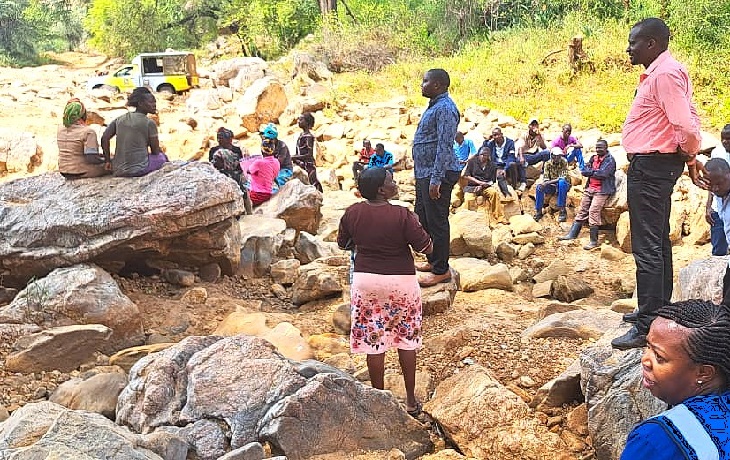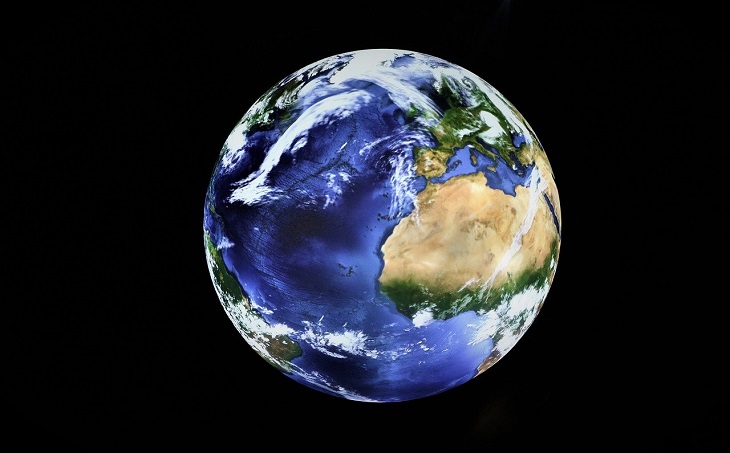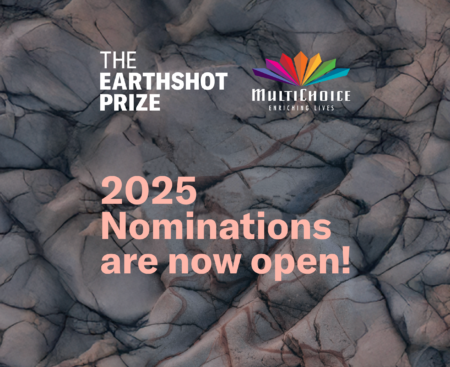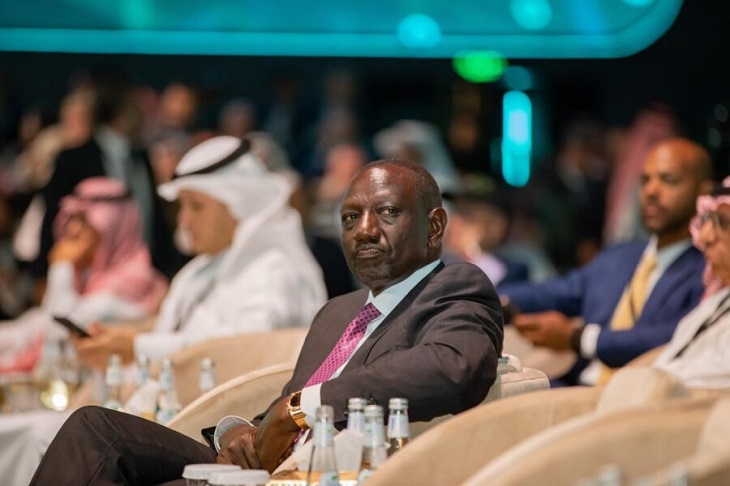After years of drought, the sudden arrival of heavy rain that began in Kenya late last year seemed like a long-awaited turn in fortune. However, as the rain continued to fall, the celebrations quickly turned into a nightmare, with people swept away and homes completely inundated. Indeed, for many in Kenya, the catastrophic floods that shook the nation earlier this year brought the realities of the global climate crisis into sharp focus. One of the worst floods in the country’s history, it claimed hundreds of lives and displaced thousands of people, serving as a stark reminder of how climate change is not a distant threat but rather a growing danger to both lives and livelihoods.
At the center of the climate crisis is an increasing frequency of both droughts and floods. These natural disasters disrupt everything from food production to water availability and energy security. Ultimately, climate shocks have placed the economy itself under significant strain, as it depends largely on sectors that are sensitive to climate variability, such as agriculture, water, energy, tourism, and wildlife. Local statistics reveal that climate-change-related events have cost the country three to five percent of its GDP every year since 2010.
It’s a situation that urgently requires answers – and AI can help – first to understand the problem by leveraging diverse streams of data, and then to scale mitigation and adaptation solutions while monitoring the situation closely.
Looking back at the devastating floods in May, one of the key challenges for disaster response teams was to quickly assess the extent and severity of the damage. This information is critical when it comes to understanding the impact on infrastructure such as schools, hospitals, and migration camps. However, by leveraging AI and satellite imagery, the Microsoft AI for Good Lab was able to map the flooded areas and gauge the impact on infrastructure.
When it comes to tackling the broader risks associated with climate change, the Kenyan government is generally considered to be a regional leader, having improved the country’s ranking on the climate vulnerability index and integrated climate change action plans into its development strategy. Last year’s Africa Climate Summit in Nairobi was a testimony to this, with the event attracting tens of thousands of stakeholders from both local and global organizations.
However, major hurdles remain. Research spotlights how significant fluctuations in Kenya’s weather patterns make it challenging to adequately forecast how much rain will fall in different parts of the country. This is made all the more complicated by global warming, which continues to trigger unpredictable bouts of heavy rain, flooding, and extreme weather.
To more effectively cope with climate change, decision-makers need tools that can help them predict the expected weather and environmental patterns, both over the short- and long-term, ultimately enabling them to better forecast and plan for extreme weather events.
Most interventions and policies are designed to benefit human populations. For example, the UN’s Early Warning for All initiative aims to provide timely information to populations at risk globally. However, both in Kenya and across Africa, there is a lack of updated, high-resolution, and accurate population density maps. This is where AI comes in, with the technology already playing a powerful role in climate risk mapping in East Africa. Researchers in Microsoft’s AI for Good Lab, in collaboration with Planet and IHME, are developing such a map that helps to understand populations at risk, with a significant benefit to Sub-Saharan African countries, including Kenya.
A similar approach – this time using high-resolution satellite imagery – is being used by the Lab and partners, such as Kenya Wildlife Trust and the Smithsonian Institute, to find the precise geographic location of buildings and bomas that are vulnerable to human-wildlife interactions in areas such as the Maasai Mara, one of Kenya’s most expansive national reserves.
AI’s powerful ability to analyze large amounts of data and provide critical insights is also being harnessed by Microsoft’s AI for Good Lab to optimize water management. Specifically, the Lab is partnering with Nairobi-based nonprofit, CETRAD, and The Nature Conservancy in Northern Kenya to analyze the recent expansion of croplands and irrigation patterns in Central Kenya. Using these insights, the local authorities are then more effectively able to plan how they can most efficiently use snowmelt on Mount Kenya for farming in the region.
The use of AI to boost agricultural productivity is critical, not only because the agricultural sector is the backbone of Kenya’s economy, but also because climate change is impacting the ability of farmers to produce adequate food for the nation. Given that just 20 percent of Kenyan land is suitable for farming, it’s essential to optimize yield from these areas – an undertaking made particularly difficult by ongoing climate hazards.
To address this issue, Kenya Space Agency is working with Microsoft and Clark University to create a high-resolution map of land use and cover, using Murang’a county as a case study. The map will help to guide investments and monitor crop performance, also tracking deforestation patterns over time and enabling the authorities to enforce regulations such as the EU’s 2029 Anti-Deforestation Law.
AI will not only play a major role in boosting agricultural production but also in helping to strengthen food security and predict malnutrition.
Amref Health Africa has already made considerable inroads when it comes to more accurately predicting anticipated risk of famine and malnutrition among children under five in Kenya. Working together with the Ministry of Health in Kenya, the AI for Good Lab, and the University of Southern California, the NGO is helping to make data more readily accessible to decision-makers, helping them understand exactly where to deploy resources to prevent malnutrition. The solution leverages AI to extract valuable insights from recent data collected from around 17,000 health facilities across the country as well as remotely sensed data from satellite images.
And the potential for ground-breaking future applications is significant. For example, AI could be instrumental in monitoring the progress of the Kenyan government’s goal to plant 15 billion trees by 2032. By tracking land coverage over time, the solution would allow the government to adjust its implementation strategy as and when needed.
AI can help Kenya address climate challenges, but it requires strong collaboration among various stakeholders, such as organisations, domain experts, and academic institutions. To harness the technology, Kenya needs to support its AI ecosystem, focusing on key local challenges, and update its education curriculums. That’s why Microsoft has been assisting in these areas by working with various universities and offering training on AI. The opportunity for Kenya to fast-track its sustainable development goals has never been greater – and it begins by paving the way for accelerated and responsible AI adoption across the country.
Related Content: 1,780 Projects Tackle Climate Change From Young Scientists Kenya
Phyllis Migwi is the Country Manager, Microsoft Kenya and Dr Girmaw Abebe Tadesse is the Manager and Principal Scientist at Microsoft AI for Good Lab












